
Why We Build Screen Printing Equipment in the USA
At Ryonet, we don’t just build screen printing equipment. We build trust. We build community. We build opportunity. And we do it right here in the United States, at our...
Free Shipping in the Con. US Learn More

At Ryonet, we don’t just build screen printing equipment. We build trust. We build community. We build opportunity. And we do it right here in the United States, at our...
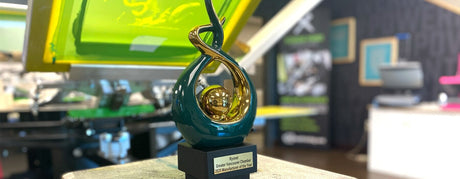
Ryonet has always believed in the power of creativity, community, and craftsmanship. This year, we’re proud to share that the Greater Vancouver Chamber has recognized that commitment by naming Ryonet...
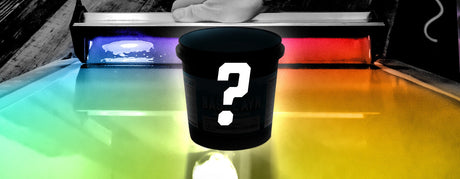
Learn how to choose the right screen printing emulsion for your inks, exposure unit, and darkroom. Compare photopolymer, diazo, and hybrid options, then match emulsions to your setup with practical...

We want to start by thanking everyone—our incredible customers, supportive vendors, and dedicated team—for making our 20th Anniversary Event so special. Your support over the years has been amazing, and...
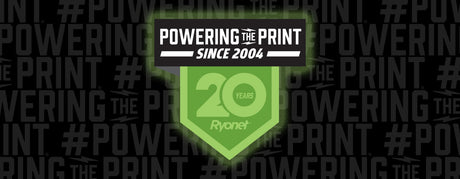
The best way to start is to fail. My sophomore year of high school, we had a silk screening session in my home economics class. We used Speedball inks, hand-cut...

You got all your screen printing equipment and supplies set up at home. You've printed out some designs for your brand. You're ready to show the world what you can...
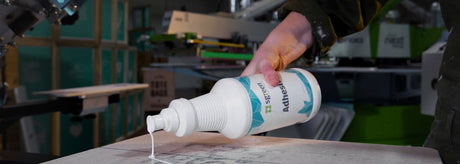
Decided you're ready to kick the aerosol can? Don't blame you. Who wants to inhale chemicals from a spray adhesive? Plus, a spray adhesive gets everywhere — you, your glasses (if you wear...
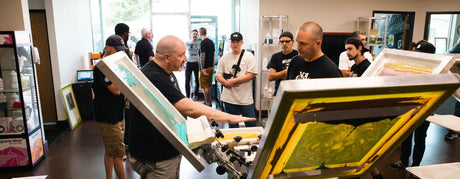
You've decided you want to live print, and you've got your first gig set up. Next step, figuring out what to bring. Knowing what to bring will depend on many...

Since 2005, the Riley Hopkins press has evolved 11 times. If you look back into Riley Hopkins's history, there’s been a lot of improvement. Over the years the engineers behind the press have consistently...

This March, the in-person screen printing class, Screen Print Experience at Ryonet HQ in Vancouver, Washington, hit a sweet spot of learning, creativity, and fun. A big shout-out to everyone who made...

At Ryonet, we're more than just a company; we're a community-driven team that believes in the power of giving back. Last week, we once again had the privilege of joining...

Reclaiming isn’t the most fun part of the screen printing process. With all the scrubbing, waiting, rinsing, and scrubbing some more, it can become a tiresome task. It doesn’t have...

No matter what you print on, every screen printer uses a squeegee. There are wood squeegees, aluminum squeegees, small squeegees, large squeegees, and the list goes on. With so many options, there’s a...